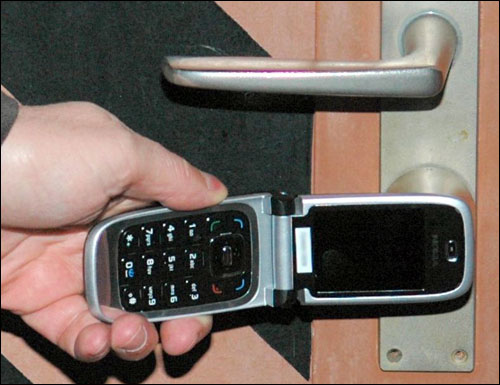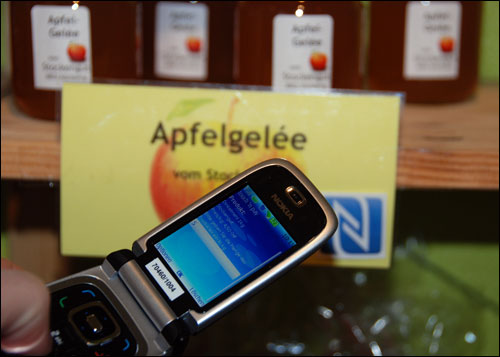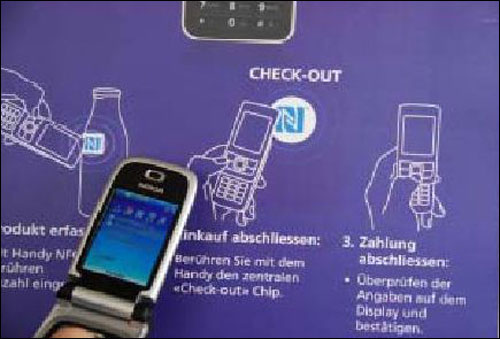Feb 08, 2010Farmer-operated stores, which focus on locally produced foods, usually have a minimal staff and often lack a point-of-sale infrastructure, like credit-card terminals. That makes farm stores an ideal experimental setting for an RFID-enabled self-service commerce solution developed by a group of Swiss companies.
The system, called "Touch'n Pay," employs passive 13.56 MHz RFID tags compliant with the ISO 14443A standard, as well as RFID-enabled cell phones that support the Near Field Communication (NFC) specifications. It is currently being tested at a Swiss farm store near Zurich.

"It's more of a community shop," says Alexander Schuemperli, the CEO of e24, the project's organizer.
E24 decided to begin with the farm store after larger retail chains turned it down, indicating that as long as NFC-based contactless payments were not on the same level as credit cards in terms of distribution, the technology wasn't worth trying. "We could not convince them to use the NFC platform for payments," Schuemperli says. From the farm store's point of view, however, a system that would enable them to receive credit-card payments without a costly infrastructure was an added attraction.
Using the phone, customers can scan an RFID tag attached to, say, a bottle of wine, to display such information as which company produced it, and when, then add that item to a "shopping cart" on the phone. (For bulk items such as apples, the tag is included in the product display, and customers are responsible for weighing their produce and entering the amount on the phone.) To read a tag, the phone needs to be placed within a few millimeters of it. The customer then pays for the desired goods via SIX Multi Solutions' Mobile Buy secure payment service, which links mobile-phone purchases to a Visa or MasterCard credit-card account.
To shop after the store's normal opening hours—8 a.m. to 6 p.m.—a customer can position his or her phone close to the front door in order to unlock it and enter the store. The ability to shop after hours provided customers with an incentive to sign up for the pilot. Nexperts, a mobile contactless solutions provider based in Hagenberg, Austria, developed all applications on the mobile phone (Java MIDlet and Secure Element Applet).

LEGIC Identsystems, a designer and manufacturer of 13.56 MHz passive RFID tags and readers, provided the contactless access technology, and SEA supplied the NFC-enabled door lock cylinders. "It was interesting to learn from the farmer on his shop-opening policies, which then needed to be programmed in the door locks," says LEGIC spokesperson Marcel Brand.
Customers can utilize the NFC card in their cell phone as a secure ID. "The same phone could also be used to open a locker in the swimming hall," Brand says, "or pay for a coffee at the vending machine, or operate the copy machine."
E24's Schuemperli is working with the University of Applied Sciences Northern Switzerland to gather data on the project, in the hope that it will prove the viability of pay-by-phone systems that incorporate RFID tags. "Our goal is to spread NFC payments and show our B-to-B customers NFC payments are a possibility," he explains. The concept is not entirely new. Schuemperli notes that Japanese cell-phone users have been able to pay with their phones for more than four years, using Sony's FeliCa system.
Stefan Vetsch, who manages the farm store near Zurich at which the system is being tested, says the technology is fairly simple to implement, but that significant challenges remain. "I believe this system can be really interesting," he states. "The technology is really good, I find, but to make more customers aware will take some time."


